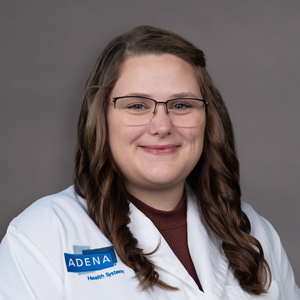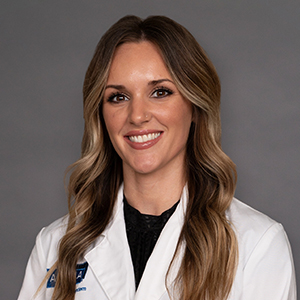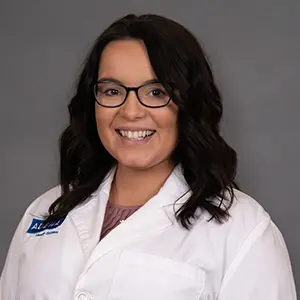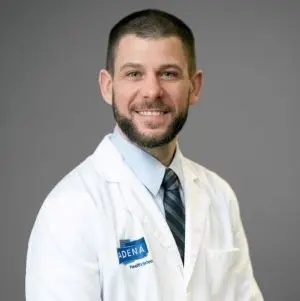While most commonly caused by exposure to the sun, other factors, like contact with toxic substances, can be at play.
There are three major types of skin cancer, each with unique symptoms.
Basal cell carcinoma – The most common type of cancer, basal cell carcinoma occurs on areas exposed to the sun or ultraviolet lights (such as tanning booths) and is characterized by a bump or growth that is waxy, white, pinkish, flesh-colored, or brown.
Squamous cell carcinoma – Typically found on areas of the body exposed to the sun or ultraviolet rays, squamous cell carcinoma is often characterized by a scaly, reddish bump or patch or a sore that fails to heal.
Melanoma – Occurring anywhere on the body, even in areas not exposed to the sun, melanoma is most commonly recognized by a mole that changes color, size, feel or bleeds; a small lesion with abnormal borders; or dark brown spots or dark lesions. Melanoma is the least common type of skin cancer, but it is the deadliest.
Basal cell carcinoma and squamous cell carcinoma are nonmelanoma skin cancers, meaning that they rarely spread to other parts of the body. Melanoma skin cancer, which accounts for roughly 70,000 new cases of skin cancer in the US every year, can invade nearby tissues and spread to other parts of the body.
Prevention
Learn to enjoy the sun safely.
Limiting extended exposure to the sun and avoiding tanning booths are the best ways to prevent skin cancer. While avoiding sunlight completely is impossible, proper sun care can help you minimize your risk of skin cancer, which is prevalent throughout Chillicothe and south central Ohio.
Sun safety tips:
- Avoid exposure to the sun between 10 a.m. and 4 p.m.
- Use sunscreen and lip balm of a sun protection factor (SPF) of 30 or higher. Apply 30 minutes before sun exposure and reapply every two hours or immediately after swimming or sweating.
- Wear a hat, shirt, and sunglasses that protect against sunlight.
- Follow these precautions even on cloudy or overcast days.
- Avoid tanning beds and sun lamps.
A critical component in skin cancer prevention is understanding the major risk factors, which include:
- Pale skin (easily sunburned)
- Excessive or unprotected exposure to ultraviolet radiation including sunlight and tanning booths
- Exposure to coal tar, pitch, creosote, arsenic compounds, or radium
- Family history of skin cancer
- Abnormal or multiple moles
- History of severe sunburn
Treatment
Roughly one out of five Americans will suffer from skin cancer during his or her lifetime. The physicians and staff at the Adena Dermatology in south central Ohio are highly educated in treating skin cancer and experienced in offering comprehensive skin cancer treatment.
Providers
Our Providers
View All
Rhoads, Danelle FNP

Patel, Nihar MD

Wellman, Angela CNP

Wolfe, Tayler MSN, APRN, FNP-C

Singer, Sara MD

Mitchell, Carissa CNP

Thompson, Greg MD

Patel, Sandip MD

Rose, Jeffrey MD
sq300.webp?sfvrsn=c3be4d5a_4)
Wilson, William MD
Locations

4435 State Route 159
Chillicothe, OH 45601
Get directions

1510 Columbus Avenue
Washington Court House, OH 43160
Get directions

Adena Health Center - Circleville
140 Morris Road
Circleville, OH 43113
Get directions
News and Resources
Skin Cancer
More than 3.5 million Americans are diagnosed with skin cancer every year, making it the most common form of cancer in the US. Skin cancer occurs when there is an abnormal growth of skin cells.

